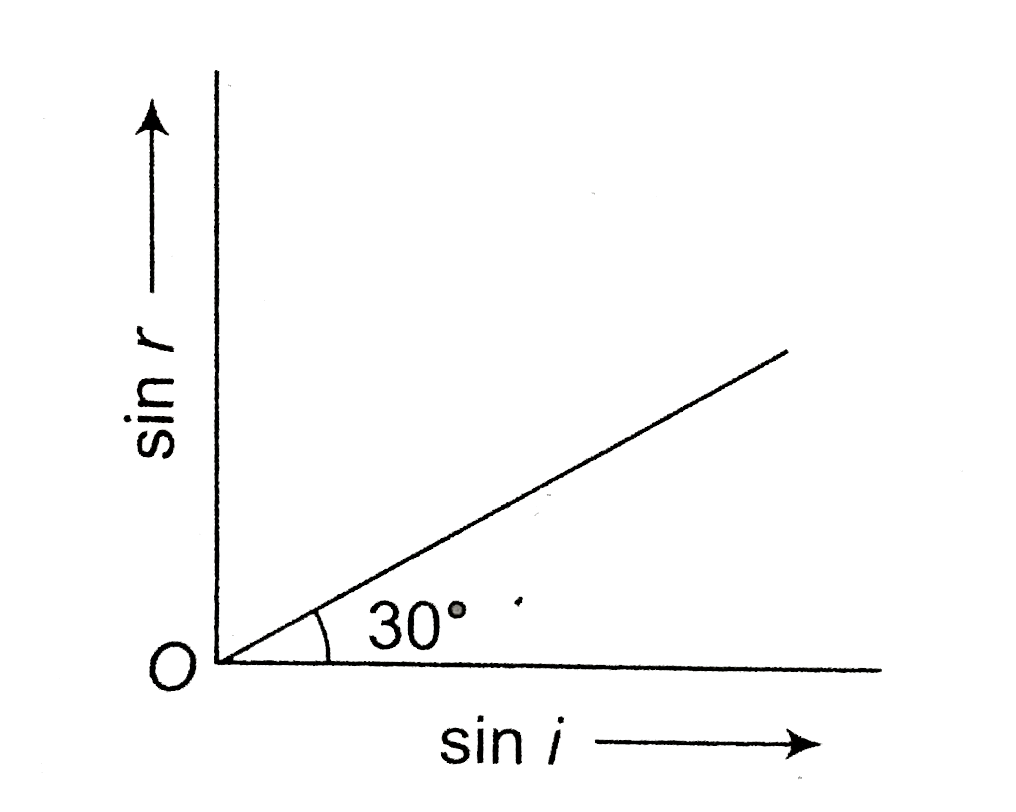Which of the following phenomena support the wave theory of light?
1. Scattering
2.Interference
3. Diffraction
4. Velocity of light in a denser medium is less than the velocity of light in the rare medium
1, 2 and 3
1, 2 and 4
2, 3 and 4
1, 3 and 4
The correct Answer is:C
To determine which phenomena support the wave theory of light, we will analyze each option provided in the question:
1. Scattering: Scattering refers to the process where light is redirected in various directions after interacting with particles. This phenomenon is primarily explained by the particle theory of light, as it involves the interaction of photons with matter. Therefore, scattering does not support the wave theory of light.
2. Interference: Interference occurs when two or more waves overlap and combine to form a new wave pattern. This phenomenon is a clear demonstration of the wave nature of light, as it results in the formation of bright and dark fringes due to constructive and destructive interference. Thus, interference supports the wave theory of light.
3. Diffraction: Diffraction is the bending of light waves around obstacles and the spreading of waves when they pass through narrow openings. This behavior is characteristic of waves and cannot be adequately explained by the particle theory. Hence, diffraction supports the wave theory of light.
4. Velocity of light in a denser medium is less than the velocity of light in a rarer medium: According to the wave theory, light travels slower in denser media compared to rarer media due to the interaction of light waves with the medium. This phenomenon aligns with the wave theory of light, as it explains the change in speed based on the medium's properties.
Based on the analysis above, the phenomena that support the wave theory of light are:
- Interference (Option 2)
- Diffraction (Option 3)
- Velocity of light in a denser medium being less than in a rarer medium (Option 4)
Thus, the correct answer is options 2, 3, and 4.
Final Answer:
The phenomena that support the wave theory of light are:
- Interference (2)
- Diffraction (3)
- Velocity of light in a denser medium is less than in a rarer medium (4)
- Diffraction (Option 3)
- Velocity of light in a denser medium being less than in a rarer medium (Option 4)
The phenomena that support the wave theory of light are:
- Interference (2)
- Diffraction (3)
- Velocity of light in a denser medium is less than in a rarer medium (4)
Topper's Solved these Questions
- WAVE OPTICSBOOK - DC PANDEY ENGLISHCHAPTER - WAVE OPTICSEXERCISE - For JEE main (Only one option is Correct )
22 Videos
- WAVE OPTICSBOOK - DC PANDEY ENGLISHCHAPTER - WAVE OPTICSEXERCISE - For JEE Advanced Only one option is correct
22 Videos
- WAVE OPTICSBOOK - DC PANDEY ENGLISHCHAPTER - WAVE OPTICSEXERCISE - match column
4 Videos
- SOLVED PAPERS 2018BOOK - DC PANDEY ENGLISHCHAPTER - SOLVED PAPERS 2018EXERCISE - JIPMER
22 Videos
Similar Questions
Which of the following does not support the wave nature of light ?
View SolutionWhich of the following properties of light conclusively support wave theory of light?
View SolutionWhich of the following is conserved when light waves interfere
View SolutionHow is the refractive index of a material related to:
Velocity of light in vacuum or air and the velocity of light in a given medium?
View SolutionWhich of the following properties show that light is a transverse wave? a) Reflection b) Interference c) Diffraction d) Polarization
View SolutionIf c is velocity of light in vacuum and v is the velocity of light in a medium of refractive index μ, then
View SolutionIf critical angle for TIR from medium to vacuum is 45 deg then velocity of light in medium
View SolutionThe ratio between the velocity of light in a given optical medium to the velocity of light in vacuum is called refractive index.
View SolutionWhen light is incident on a medium at angle i and refracted into a second medium at an angle r, the graph of sinr versus sini is as shown. From this one can conclude that

(i) the velocity of light in second medium is √3 times the velocity of light in the first medium
(ii) the velocity of light in the first medium is √3 times the velocity of ligth in second medium
(iii) the critical angle of the two media is given by siniC=1√3
(iv) the critical anlge of the two media is given by siniC=1√2
View SolutionWhich of the following statement is / are correct about the refraction of light from a plane surface when light rays is incident in denser medium. [ C is critical angle ]
View Solution
